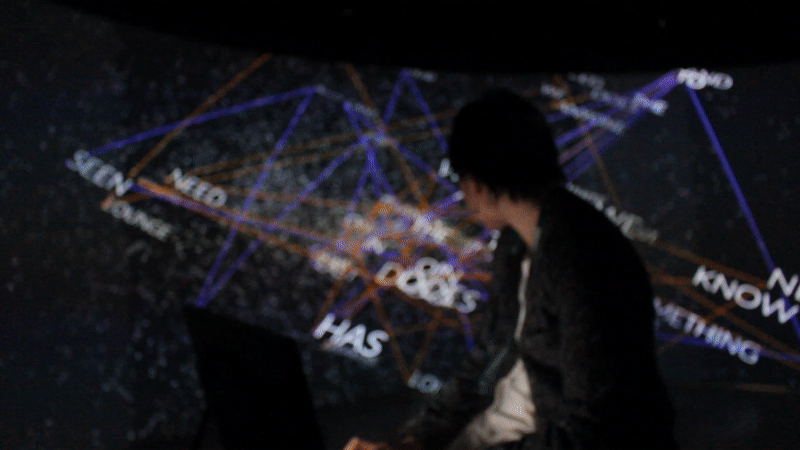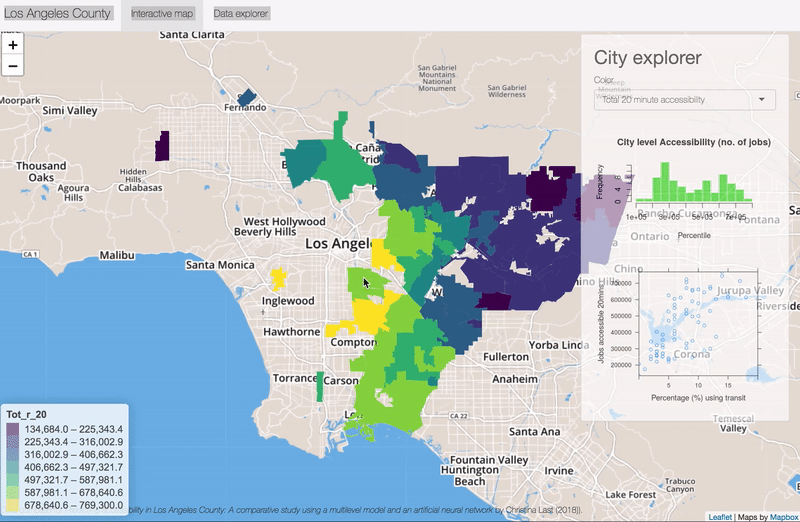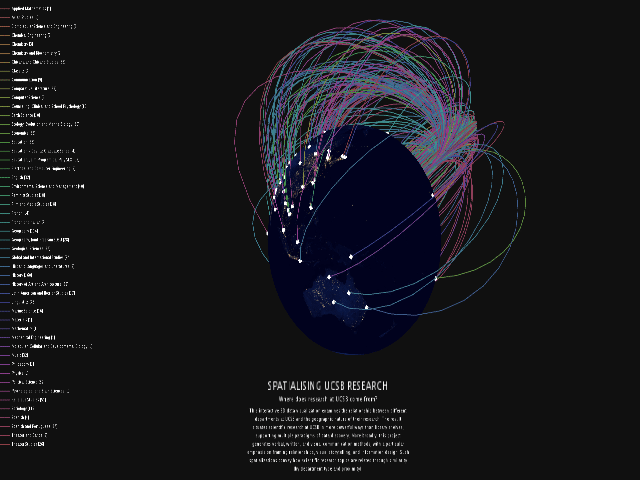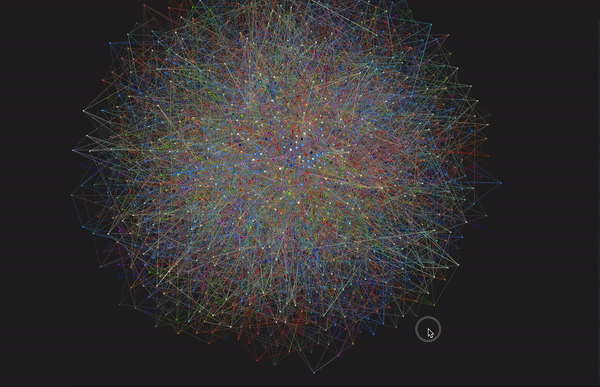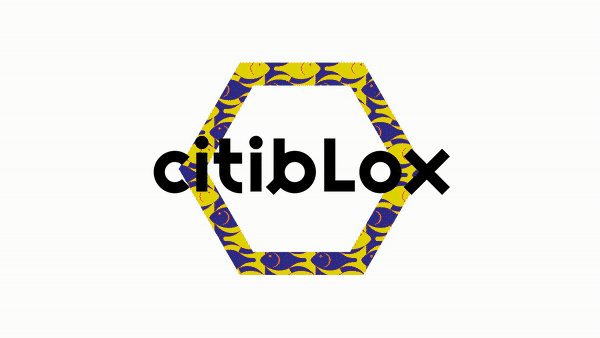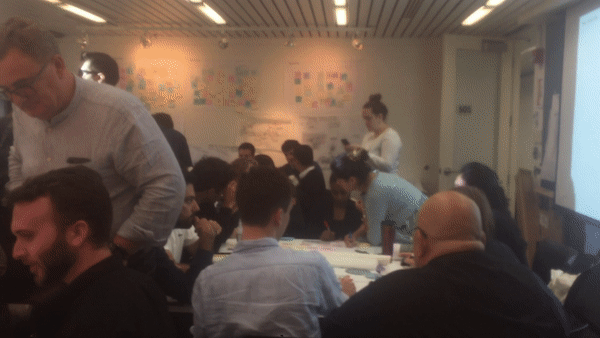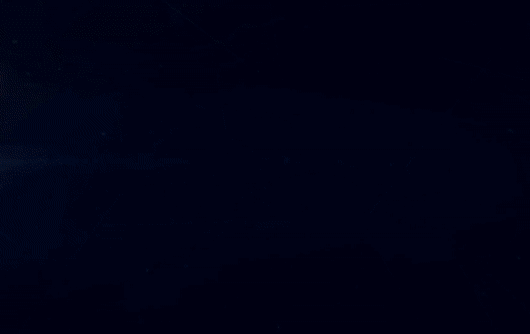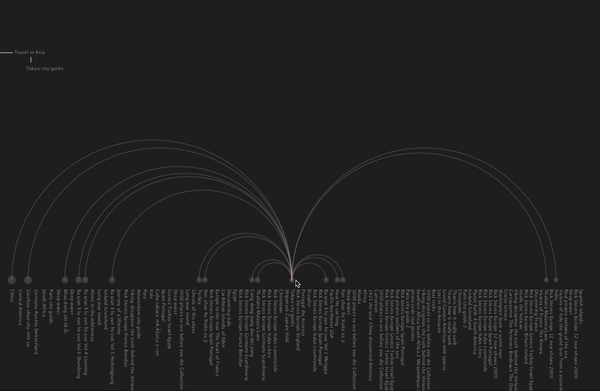Where to travel?
Big Data Visualisation of Travel books in Seattle Public Library.
CHALLENGE
To discover the travel patterns, destinations and location-specific material popular within the general public in Seattle.
PROJECT
I am developing spatializations that support spatial search across the Seattle Public Library. Library repositories offer unique insights into the travel patterns, destinations and location-specific material popular within the general public in Seattle.
To discover the travel patterns, destinations and location-specific material popular within the general public in Seattle.
PROJECT
I am developing spatializations that support spatial search across the Seattle Public Library. Library repositories offer unique insights into the travel patterns, destinations and location-specific material popular within the general public in Seattle.
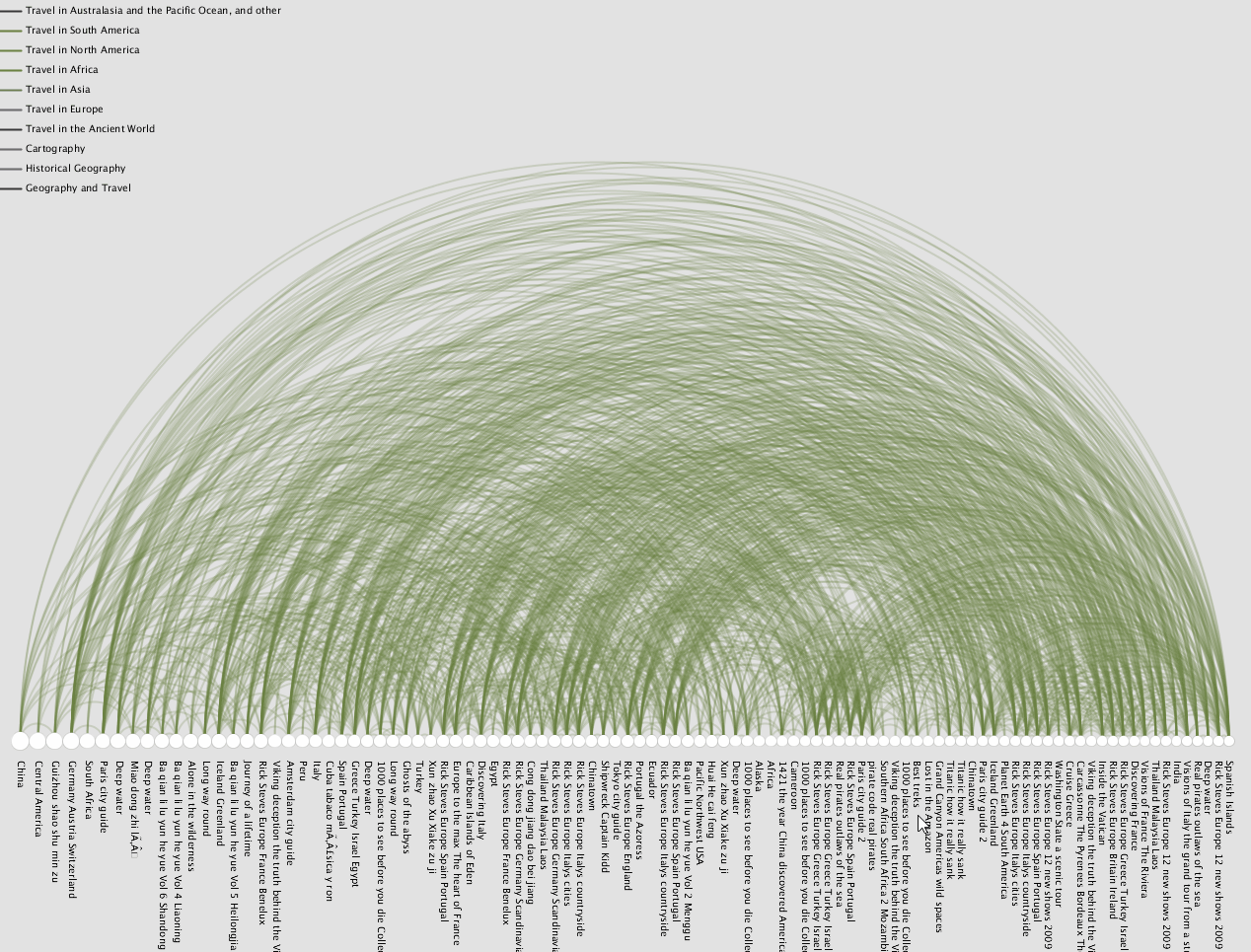
Process 1: Idea
Location-specific material (defined as books that occupy a Dewey class ranging from 910-919) from SPL will be spatialized into fields, object collections, and networks. Such spatializations will convey how location-specific material is related not just through geographic location, but through similarity (e.g. complementary topic neighbourhoods). The expected result is the development of search spaces that situate location-specific material in much more powerful ways than library shelves, supporting multiple paradigms of data discovery, including querying and browsing.
To obtain travel-based items in the Seattle Public library database, items with a Dewey Class ranging from 910 to 919 are particularly focussed on travel. To query the data I use the following script:
SELECT
COUNT(outraw.itemNumber) AS NumberOfTimes,
FLOOR(deweyClass) * 100 AS Dewey,
title
FROM
spl_2016.outraw
WHERE
deweyClass >= 910
AND deweyClass <= 919
GROUP BY itemNumber , deweyClass , title
HAVING (COUNT(itemNumber) > 1)
ORDER BY NumberOfTimes DESC
LIMIT 100

Process 2: Method
For its functional purpose, I want to show the topic relationships between library items, which is exhibited by the colour of each link. The name of the library item appears underneath the category of the Dewey Class. The arcs form links between a single library item and the other items in the selection that share the same Dewey Class (Reference: Rodger Luo).
From the visualisation I notice that there are some items in SPL that are incorrectly located in certain Dewey Classes.

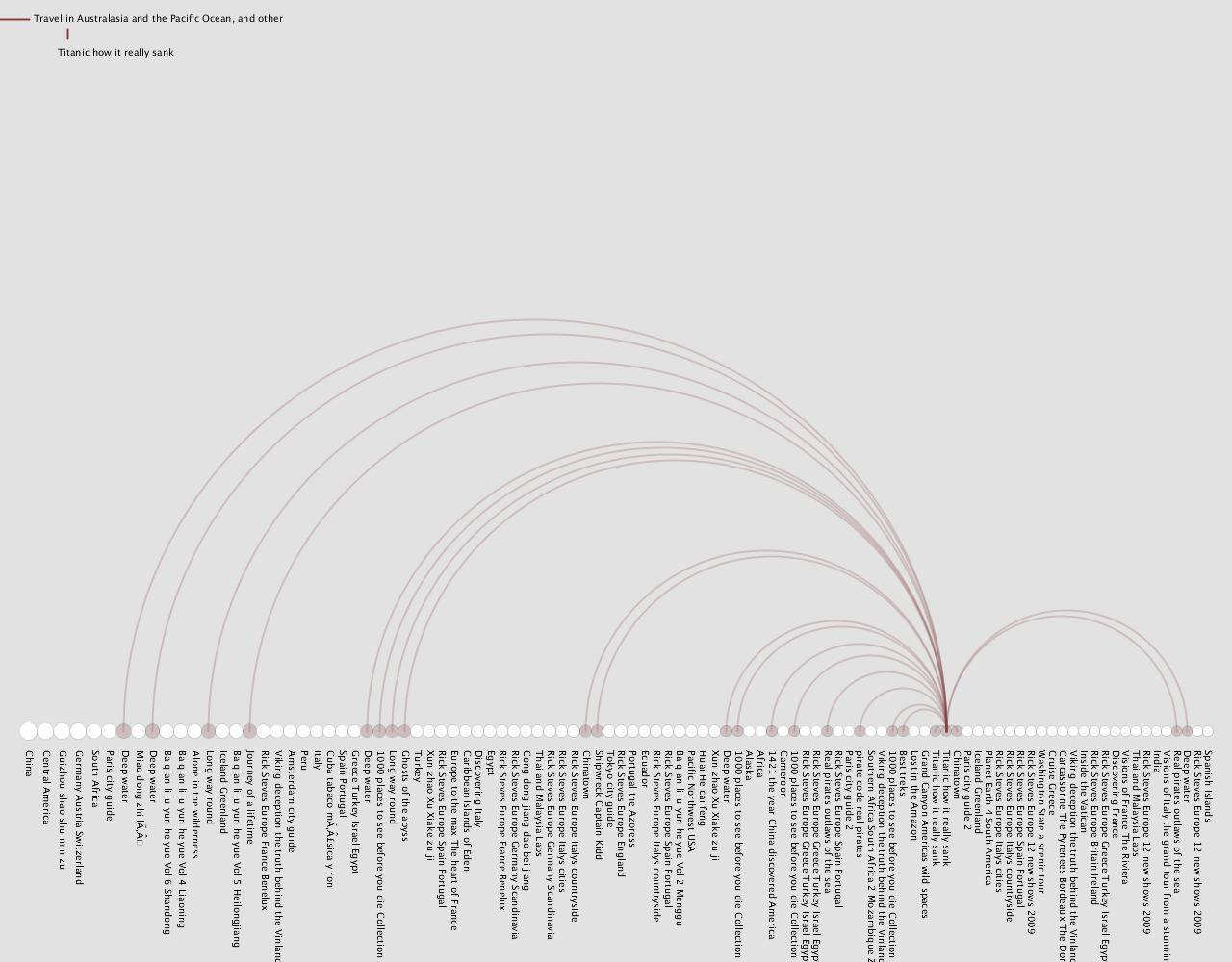
Process 3: Further Work
To continue with my metaphor, I want to add a feature to my visualisation that locates all of the items associated with travel in the Seattle Public Library to a particular geographic location in the world. When the item is selected, either from the topic link visualisation of the mapped visualisation. Items with the same Dewey Class will share a link with each other or with the Seattle public library.
Although this remains a work in progress, I aim to produce a visualisation which allows user to navigate through search spaces in a topical way (exploring similar topic relations) and geographical relationships (exploring the relationship to the Seattle Public Library, or to the other items occupying its Dewey Class.
The project was exhibited at the Media Arts and Technology End of Year Show (MAT EYoS) in June 2018.
